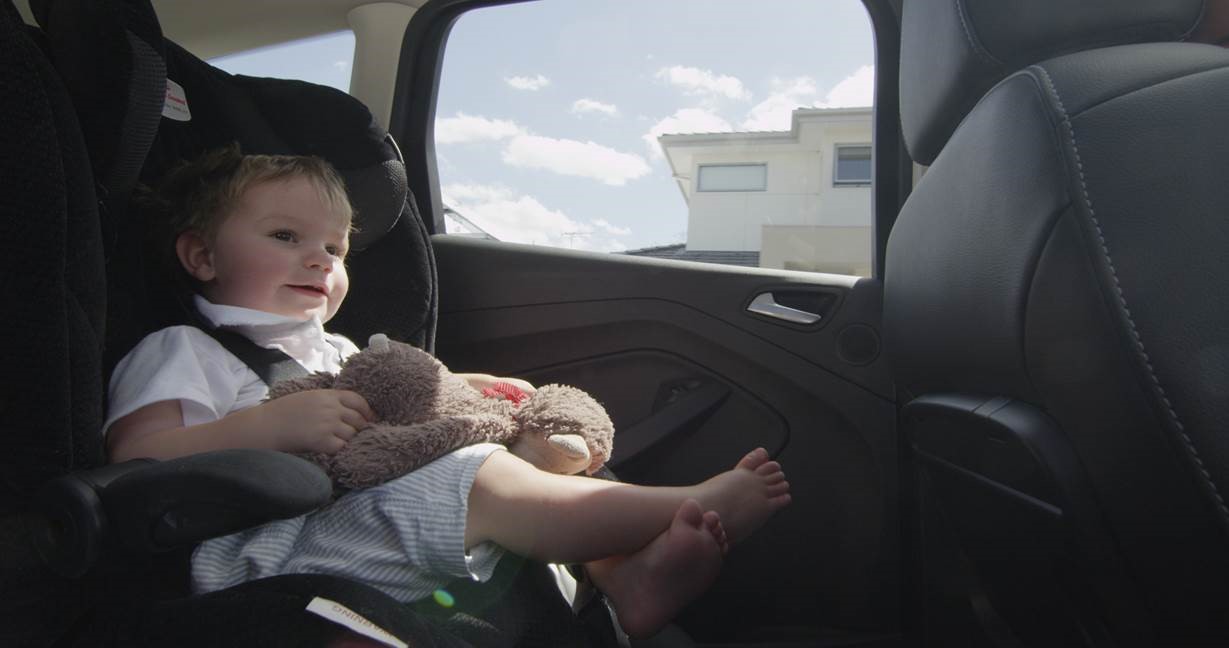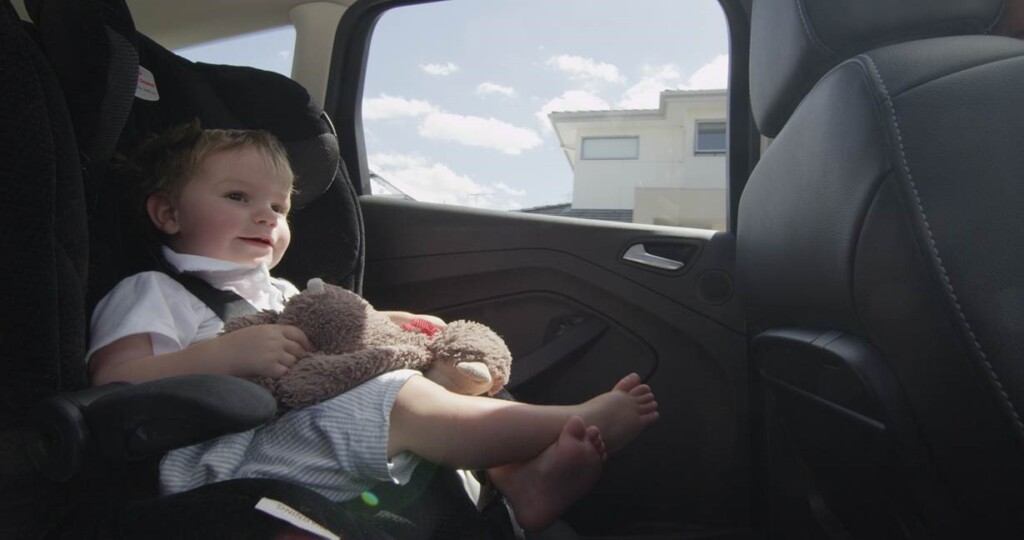
Every parent has been there; You’re on a family roadtrip out of the city or even just getting across town to a restaurant, and your child is not happy. They’re crying, and they won’t sit still.
It’s understandable – after an hour in the car even the adults can get restless. But active kids can distract the driver which could lead to accidents.
While it’s disconcerting to hear a child cry, it’s unlikely they are in pain. They are more likely bored or hungry. Here are some ways to keep your children safe, comfortable and happy in the car.
• Set a good example. Safety consciousness stems from a child’s caregivers. It’s essential that the parents become a good role models themselves. Despite all the technological advances, seat belts are still a top life-saving device in case of an accident so parents should always buckle up to set a good example for the kids.
• Establish the rules, Part 1: Inside the car. Parents should establish rules around roads and cars, and make sure they are followed by all. For kids that are old enough to understand, parents should declare the family car commandment of asking permission first, whether it’s to open a window, the panoramic roof, or to change the music.
• Establish the rules, Part 2: Outside the car. Take note: Even when outside of the car, children are at risk for an auto-related injury, so never let them out of your sight when cars are present. “A child’s diminutive size makes them easier to miss when parking and backing up,” cautions Cynthia Zhang, Vehicle Regulations Manager, for Ford Motor Company in China. Make sure all children hold a parent’s hand when there are other vehicles present, whether it’s on a road or even when cars are parked.
• Keep children comfortable and occupied in-vehicle. Make sure to have your child’s favorite toys (soft ones are better) and books to keep your child entertained, and to help keep the driver focused on the road. Snacks and drinks will also help your child be less fussed. And don’t forget to schedule stops for bathroom breaks. Also, one reason a child may be fussing is because they could be too hot or cold, so parents should make sure that the back seat temperature is comfortable at all times.
“Above all, never leave children unattended in your vehicle. Exposure to high temperatures for even a short time can cause death or serious heat-related injuries, including brain damage,” says Zhang. “Small children are particularly at risk.”
• Child seats are a must.“Seatbelts and airbags are designed for passengers taller than 145 cm and heavier than 36kg,” says Zhang, “so newborns and young children should be properly secured in a rear seating position with a child safety seat that is designed for their age and weight.
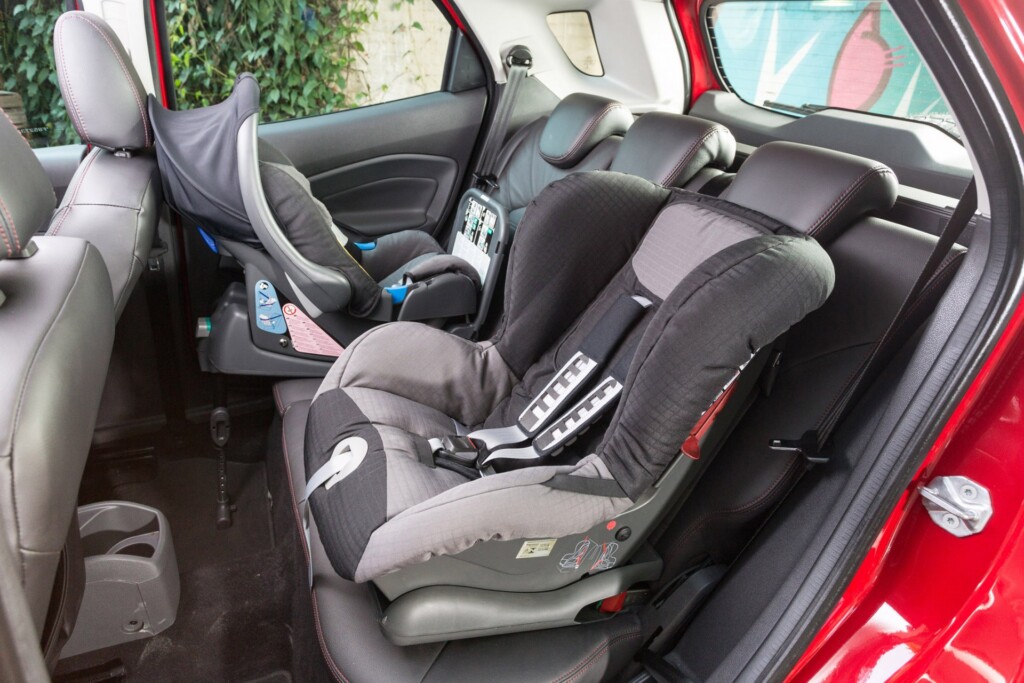
“Some parents are tempted to hold their child in the front seat with them, but this is not safe. In case of sudden braking, the force of acceleration can be as great as 4G, and holding on to a child is not enough,” adds Zhang. “Children should use proper child safety seats from the first time they get into a car. That way, the child will see their safety seat as a natural part of travelling in a car.”
• Pay attention to how your child’s car seat is installed. Besides getting the right car seat, it is also equally important to have it installed correctly. According to the US National Highway Traffic Safety Administration, there is a 95% error rate in installing child safety seats. Airbags can kill or injure a child in a child seat, so never place a rear-facing child seat in front of an active airbag. Child seats are often secured with standard seatbelts, but for added protection, get a child seat that comes with ISOFIX attachment points.
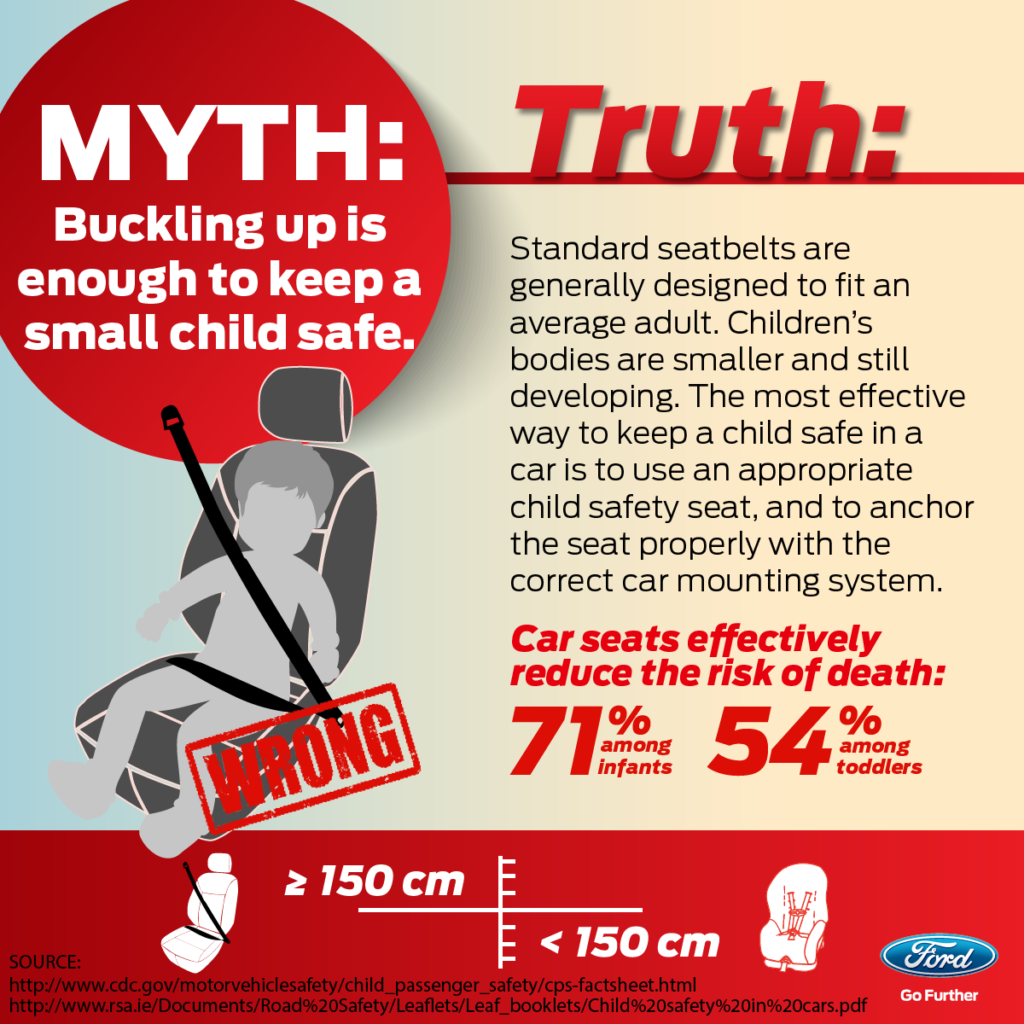
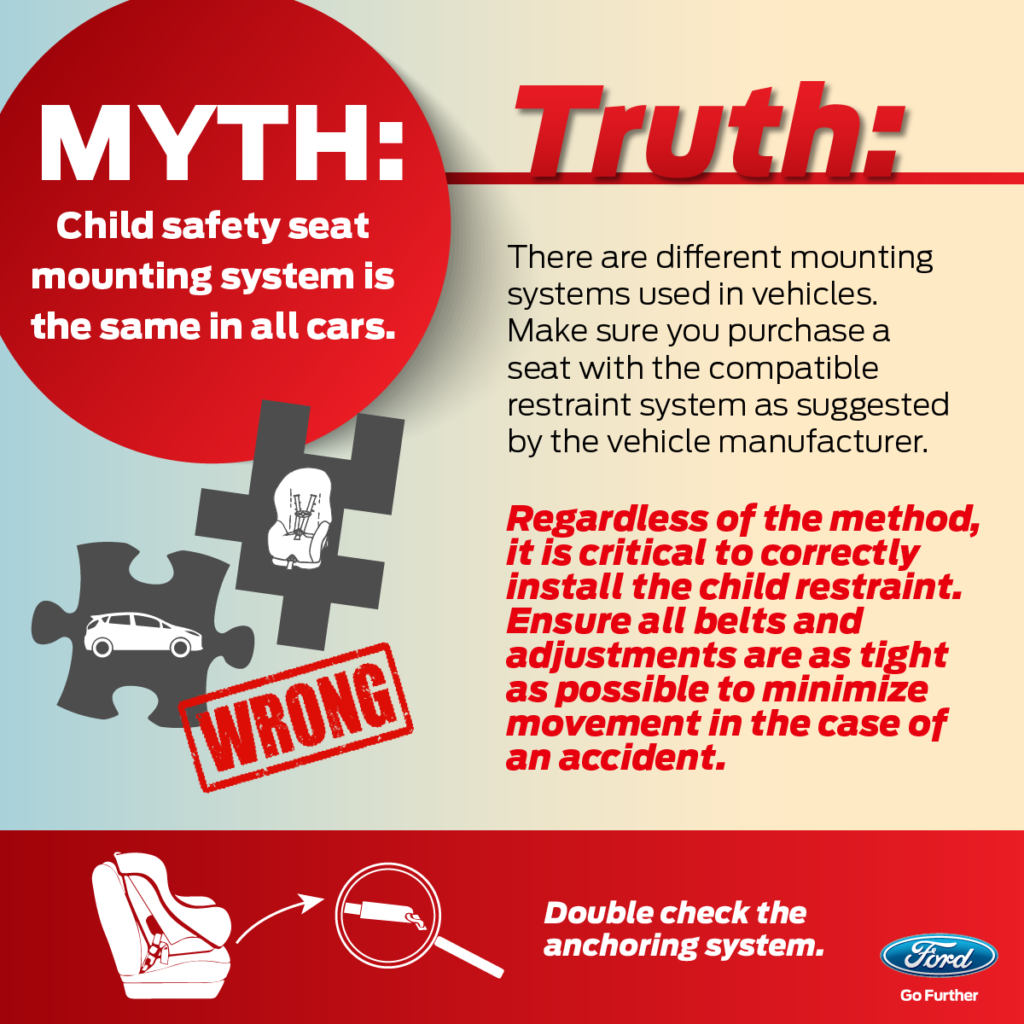
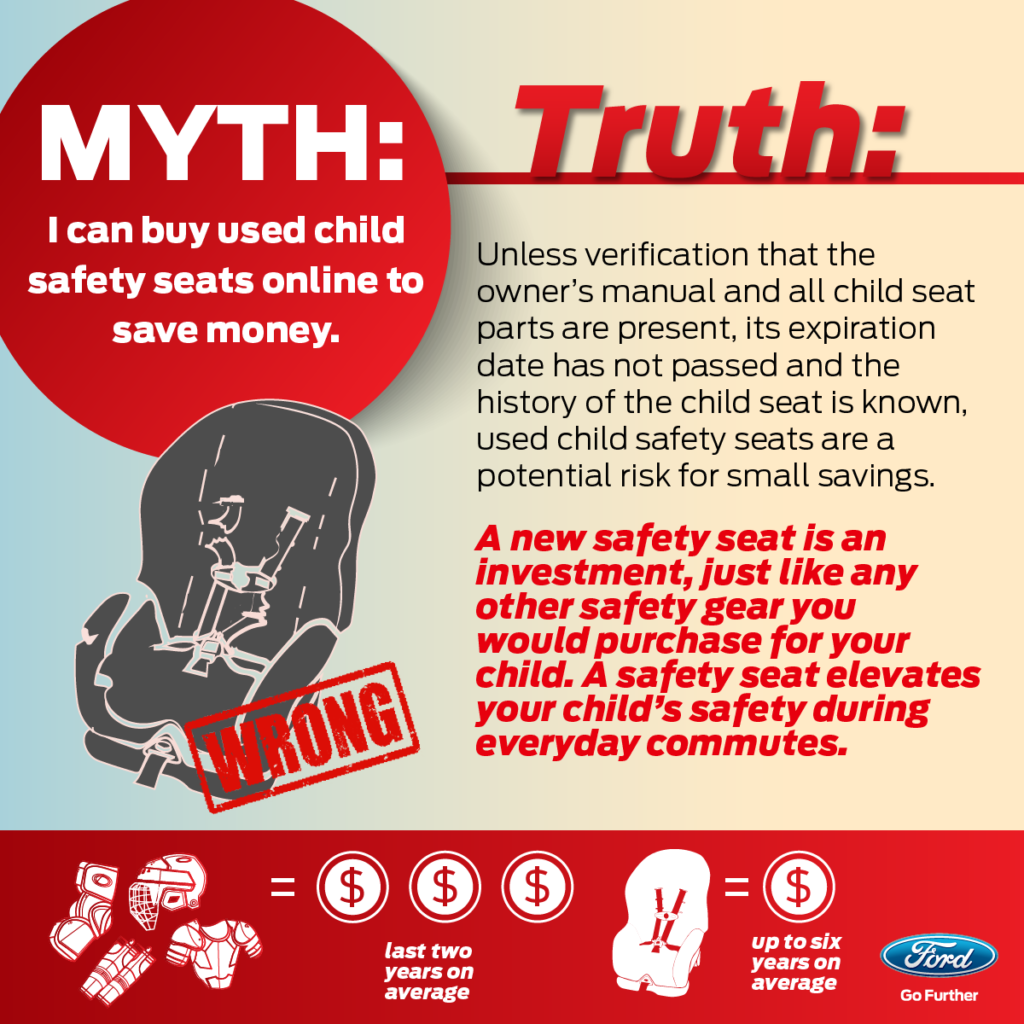
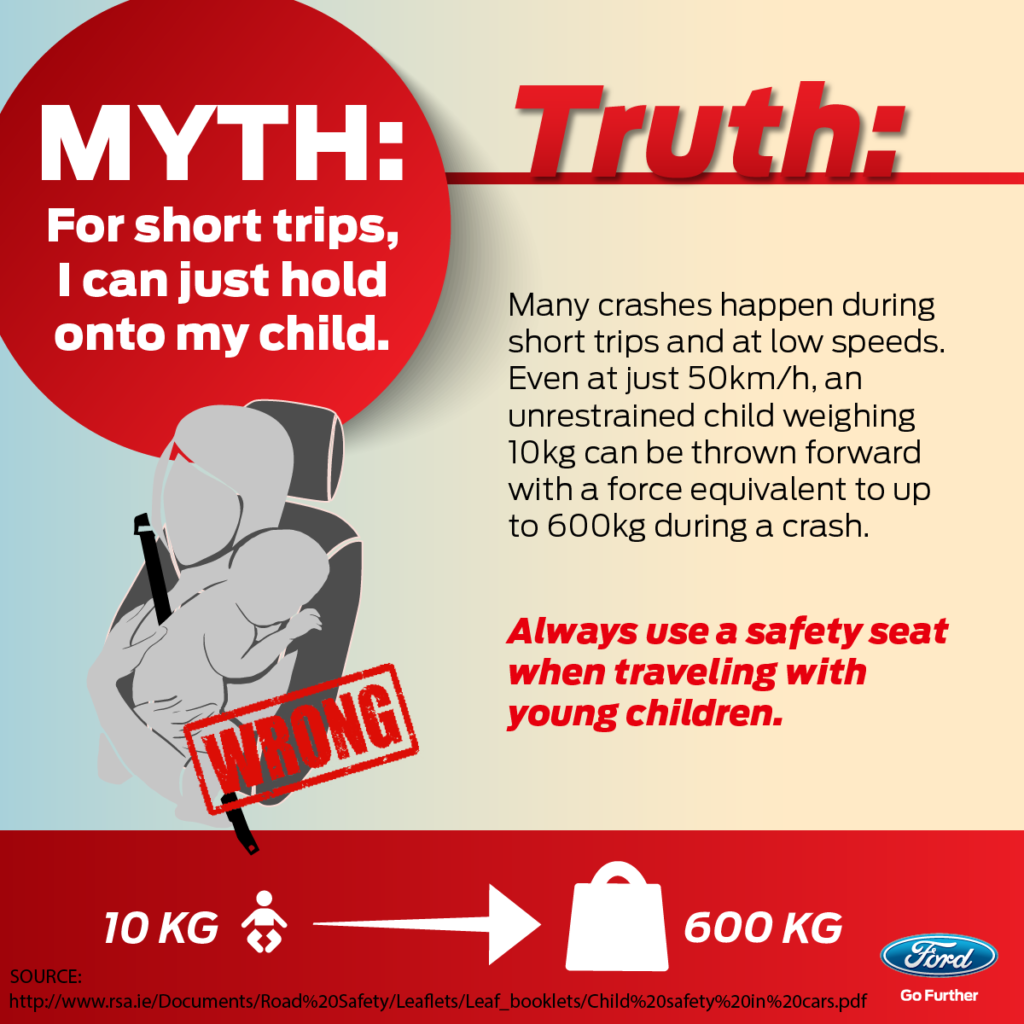
Other posts by AF Newsdesk

